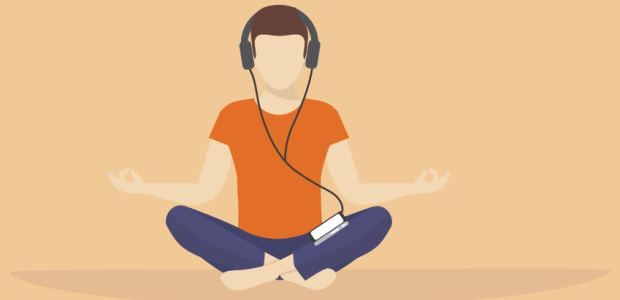
New Standard Aims to Protect Young People's Hearing
WHO is recommending that governments and manufacturers adopt the voluntary WHO-ITU standard for the manufacture and use of personal audio devices.
A new international standard developed by the World Health Organization and the International Telecommunication Union aims to prevent hearing loss among 1.1 billion young people. They announced it Feb. 12 and made available online a "Toolkit for safe listening devices and systems." The goal of the toolkit is to make it easy for partners to adopt, implement, and monitor the standard and to ensure that all users of personal audio systems are empowered with information on safe listening and have the option to make safe listening choices in order to protect their hearing.
The partners report that half of people aged 12-35 – 1.1 billion young people – are at risk of hearing loss due to prolonged and excessive exposure to loud sounds, including music they listen to through personal audio devices. Ahead of World Hearing Day (March 3), WHO and ITU issued the new standard for the manufacture and use of these devices, which include smartphones and audio players, to make them safer for listening.
"Given that we have the technological know-how to prevent hearing loss, it should not be the case that so many young people continue to damage their hearing while listening to music," said Dr. Tedros Adhanom Ghebreyesus, WHO's director-general. "They must understand that once they lose their hearing, it won't come back. This new WHO-ITU standard will do much to better safeguard these young consumers as they go about doing something they enjoy."
More than 5 percent of the world's population, or 466 million people, has disabling hearing loss, WHO reports, saying this is true for 432 million adults and 34 million children. Most live in low- and middle-income countries. The organization reports it is estimated that by 2050, more than 900 million people will have disabling hearing loss.
The standard recommends that personal audio devices include:
- A "sound allowance" function, software that tracks the level and duration of the user's exposure to sound as a percentage used of a reference exposure
- Personalized profile: an individualized listening profile, based on the user's listening practices, which informs the user of how safely (or not) he or she has been listening and gives cues for action based on that information
- Volume limiting options: options to limit the volume, including automatic volume reduction and parental volume control
- General information and guidance to users on safe listening practices, both through personal audio devices and for other leisure activities
The standard was developed under WHO's "Make Listening Safe" initiative, which seeks to improve listening practices especially among young people, both when they are exposed to music and other sounds at noisy entertainment venues and as they listen to music through their personal audio devices. WHO is recommending that governments and manufacturers adopt the voluntary WHO-ITU standard.